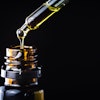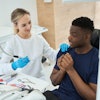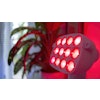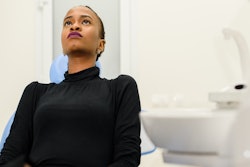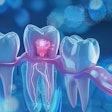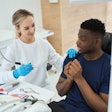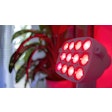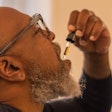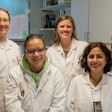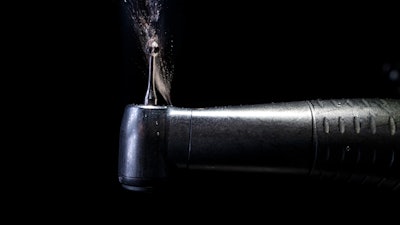
This is not a drill. Johns Hopkins University students and a dentist are developing an apparatus that dulls the unmistakable high-pitched, anxiety-inducing whir of a dental handpiece when its working on teeth, according to university news dated April 30.
Dr. Jordan Rigsby, a dentist in Tallahassee, FL, used his personal experience undergoing loud procedures to create a model of an apparatus that was inspired by noise-canceling headphones in the hopes of softening the sound and soothing patients' anxiety. He began tinkering with some things, like hooking an audio wire to a wooden peg so that music could be heard when a person bit down on it. Then it was hooked up to a DC motor to provide offsetting vibrations in a patient's jaw and dampen the noise.
"Our dental drills are very quiet these days, but the conduction from the bone to the ear results in the sound being quite loud for many patients,” Rigsby said in the story. “It made me understand why patients dreaded that sound almost as much as they worried about pain during dental procedures."
From there, Rigsby turned to the mechanical engineering students in the hopes of helping him refine the model and turn the noise cancellation into a reality. Students Conor Allan, Elizabeth Dolan, David Paik, and Daniel Shenkelman delivered, creating a prototype with the help of an anatomical model skull and their mouths as sound conductors. The prototype was presented at the school's annual Design Day on May 1, according to the news.
"The device picks up vibrations and produces an anti-noised wave that is the exact opposite of the unwanted noise," Shenkelman said in the release. "The noise and anti-noise cancel, like adding -1 to 1, equaling zero."
Unlike headphones that capture vibrations from the air, the prototype dampens vibrations originated from inside the mouth. Additionally, the device not only dampens the sound of the drill, but it can be used to tune into music for extra distraction.
"This is a difficult problem to solve, and there is no commercially available solution," Shenkelman said. "Creating a system that makes patients more comfortable is very rewarding to me and the team as engineers."

